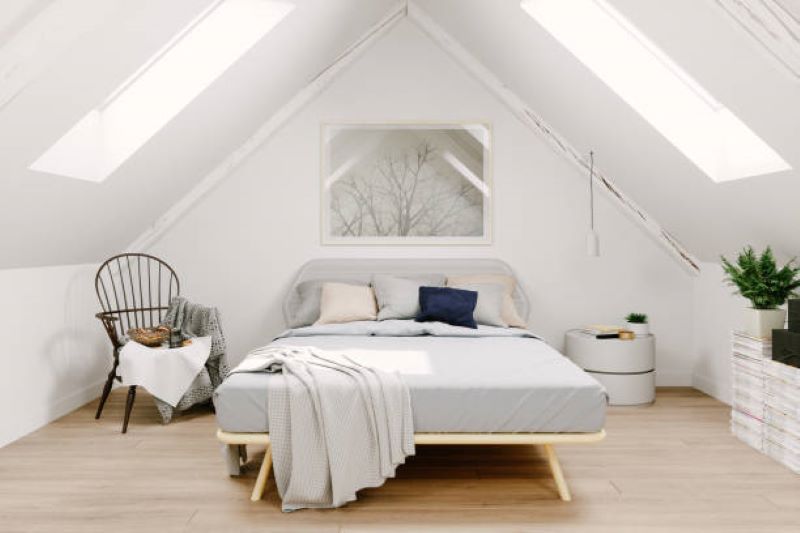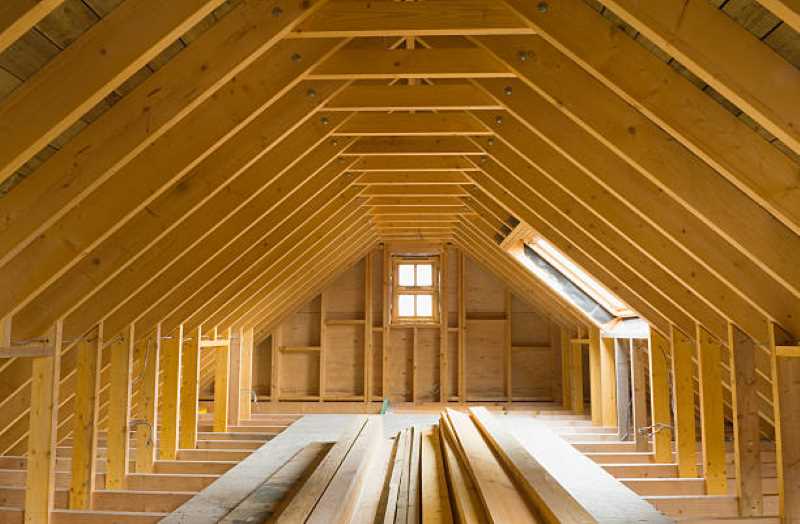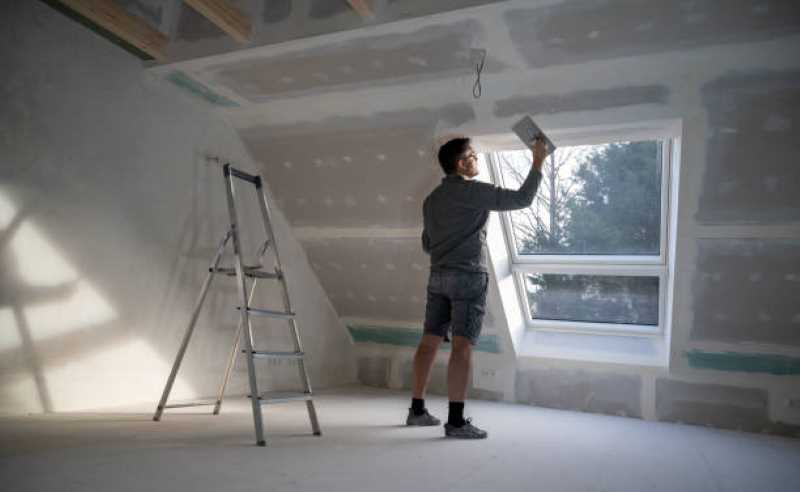Do you need more space in your home but don’t want to move? Have you considered an attic or loft conversion? This guide will walk you through the process of converting your attic or loft into a usable space, from planning and design to construction and finishing.

Table of Contents
- Introduction
- Benefits of Attic and Loft Conversions
- Planning and Designing Your Conversion
- Types of Attic and Loft Conversions
- Structural Considerations
- Insulation, Ventilation, and Heating
- Electrical and Plumbing Considerations
- Flooring and Finishing
- Cost Considerations
- The Benefits of Professional Help
- Maintaining Your New Space
- Common Mistakes to Avoid
Introduction
Converting your attic or loft into a usable space can provide you with additional living space without the need to move. An attic or loft conversion can provide a room for an office, bedroom, playroom, or even a bathroom. This comprehensive guide will help you understand the benefits of attic and loft conversions, the planning and design process, the types of conversions available, structural considerations, insulation and heating requirements, flooring and finishing options, cost considerations, and common mistakes to avoid.

Benefits of Attic and Loft Conversions
Converting your attic or loft into a usable space provides numerous benefits. Firstly, it can increase your living space, allowing you to have more room for your family or for entertaining guests. It can also increase the value of your property. A loft conversion can add up to 20% to the value of your home, depending on the type of conversion and your location. Additionally, it can provide you with more privacy and tranquility, as you can use your loft as a secluded retreat or a quiet study area.
Planning and Designing Your Conversion
Before you start your conversion, there are several things you need to consider. Firstly, you need to assess the feasibility of converting your attic or loft. You need to consider the height of your ceiling, the pitch of your roof, and the type of trusses in your roof. You also need to determine whether you need planning permission or building regulations approval. Additionally, you need to choose a contractor who specializes in loft conversions and who can provide you with references and examples of their previous work.
Types of Attic and Loft Conversions
There are four main types of loft conversions: roof light conversions, dormer conversions, hip to gable conversions, and mansard conversions. Roof light conversions are the simplest and least expensive type of conversion, as they require no changes to the roof structure. Dormer conversions are the most popular type of conversion, as they provide additional headroom and floor space. Hip to gable conversions are suitable for properties with hipped roofs, and they involve replacing the sloping roof with a vertical wall. Mansard conversions involve raising the party wall and the roof to create additional living space.

Structural Considerations
Before you start your conversion, you need to consider the structural aspects of your project. You need to make sure that your roof is strong enough to support the weight of your new room. You also need to consider the location of your stairs, as this can affect the layout and flow of your new space.
Insulation, Ventilation, and Heating
Insulation, ventilation, and heating are important factors to consider in your conversion project. Your new space needs to be well insulated to ensure that it is energy efficient and comfortable. Ventilation is also crucial to ensure that your new space is properly ventilated and free from damp and mold. Additionally, you need to consider heating options, such as underfloor heating or radiators, to ensure that your new space is warm and comfortable.
Electrical and Plumbing Considerations
If you plan on using your new space as a bedroom or a bathroom, you need to consider electrical and plumbing requirements. You need to ensure that there is enough electrical capacity to power your new space, and that there are enough sockets and light fixtures. You also need to consider plumbing requirements, such as water supply and drainage, if you plan on adding a bathroom or a kitchen.
Flooring and Finishing
Flooring and finishing options are important considerations in your conversion project. You need to choose a flooring option that is suitable for your new space, such as carpet, hardwood, or laminate. Additionally, you need to consider finishing options, such as paint or wallpaper, to give your new space a polished and finished look.
Cost Considerations
Cost considerations are an important aspect of any conversion project. The cost of your conversion will depend on the type of conversion, the size of your space, and the materials and finishes you choose. It is important to set a budget and to get quotes from several contractors to ensure that you are getting a fair price.
The Benefits of Professional Help
While some homeowners may choose to tackle their conversion project on their own, it is important to consider the benefits of professional help. A professional contractor can ensure that your project is completed to a high standard, that it complies with building regulations, and that it is completed within your budget and timeline.
Maintaining Your New Space
Maintaining your new space is important to ensure that it remains in good condition and that it continues to add value to your home. Regular cleaning and maintenance can help to prevent damage and prolong the lifespan of your new space.
Common Mistakes to Avoid
There are several common mistakes that homeowners make when converting their attics or lofts. These include underestimating the costs, not obtaining the necessary permits and approvals, and not hiring a professional contractor. It is important to avoid these mistakes to ensure a successful conversion project.